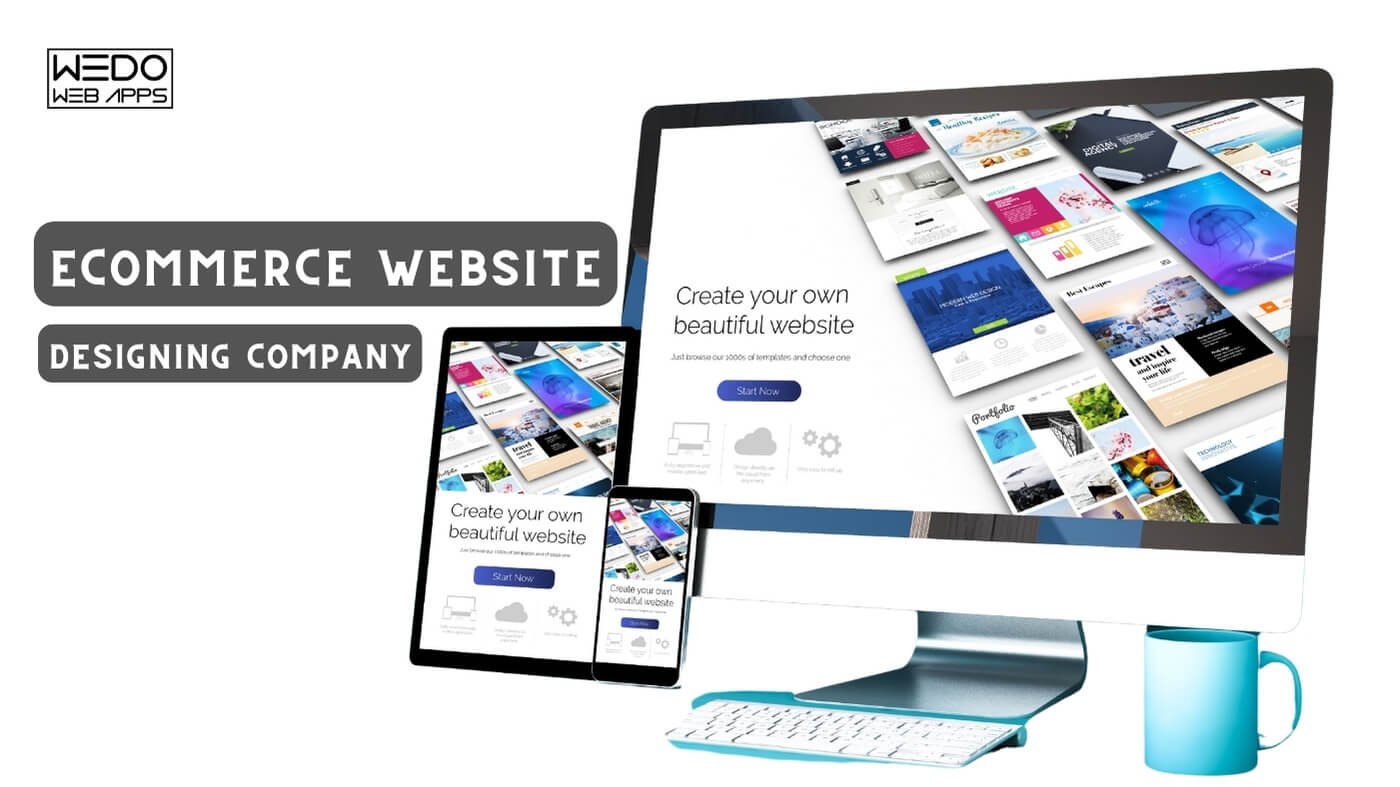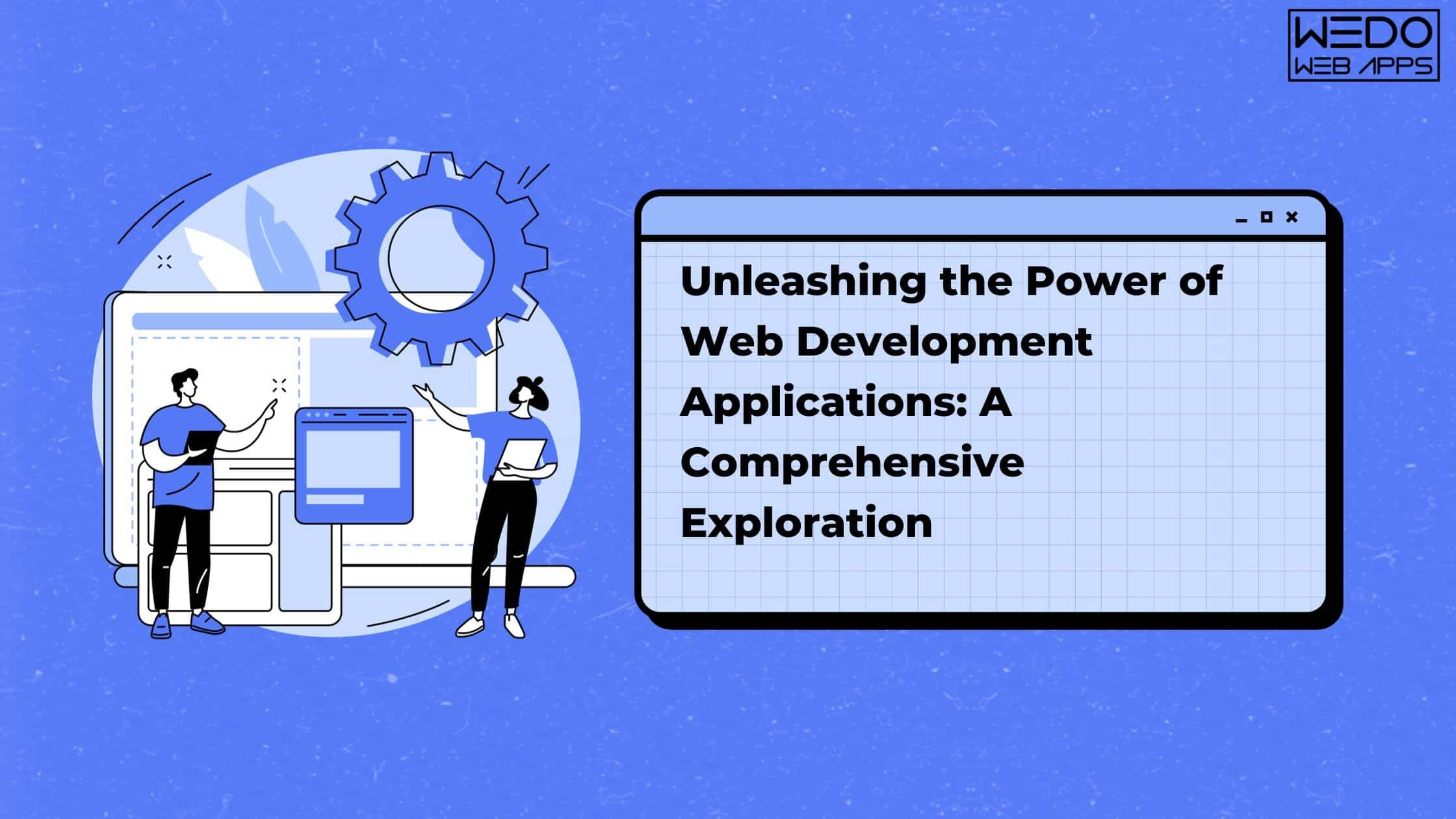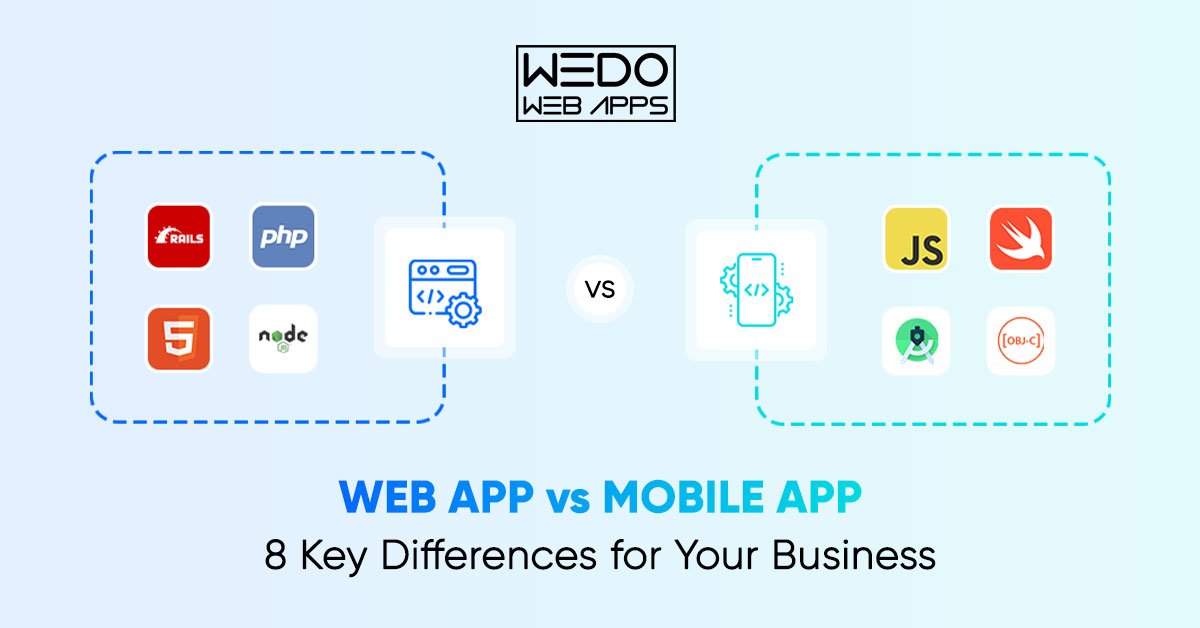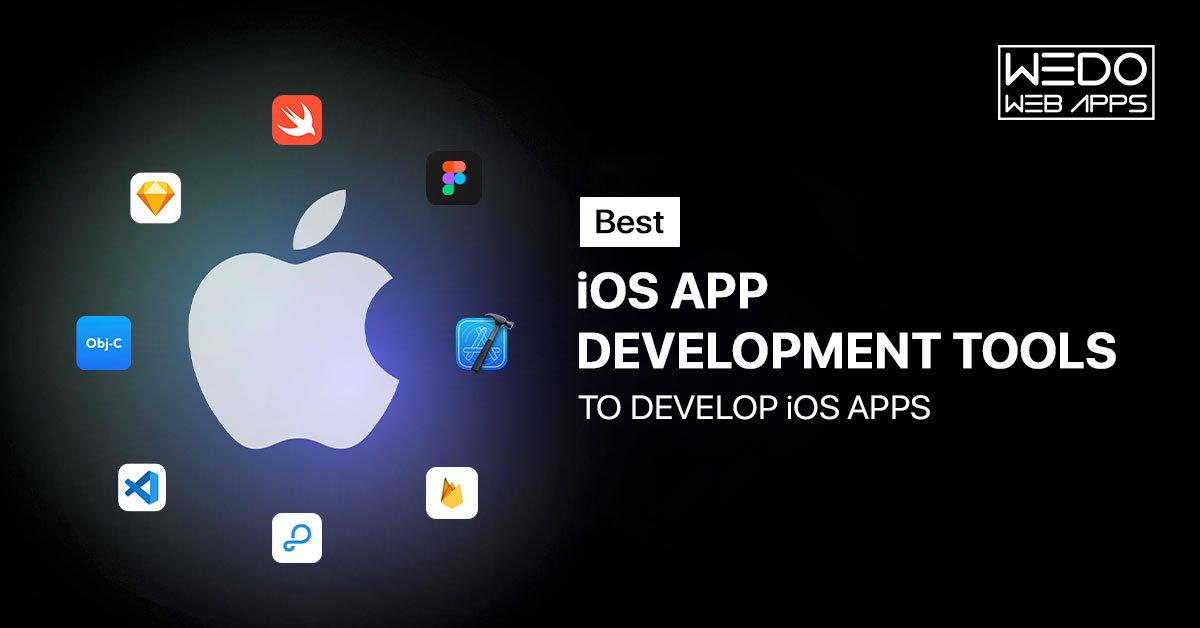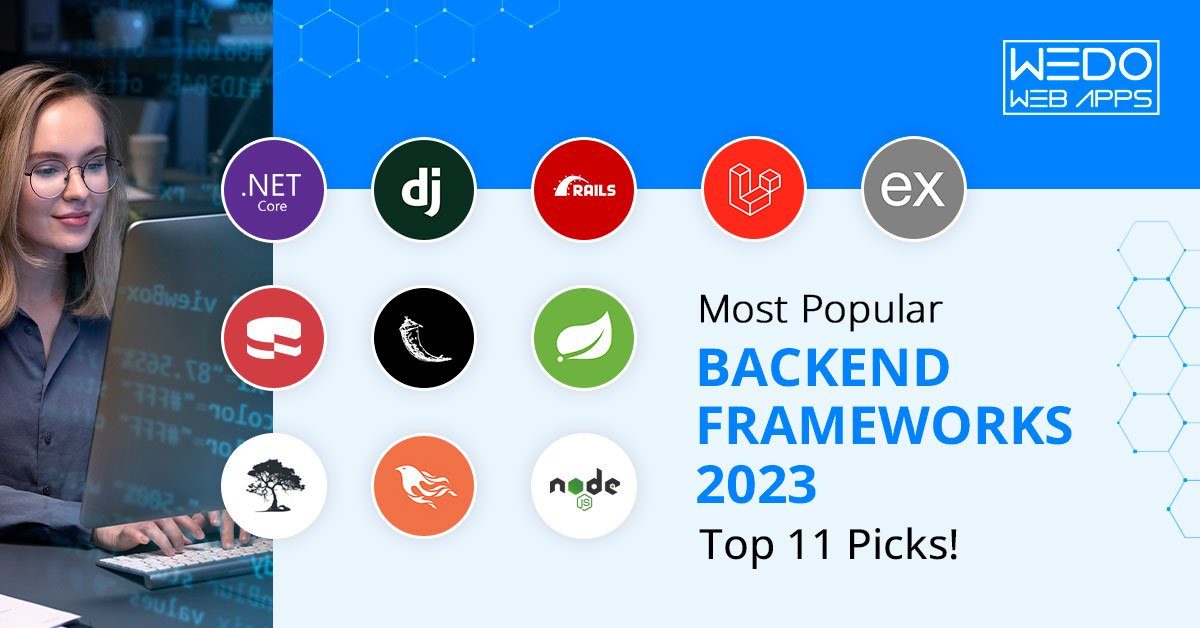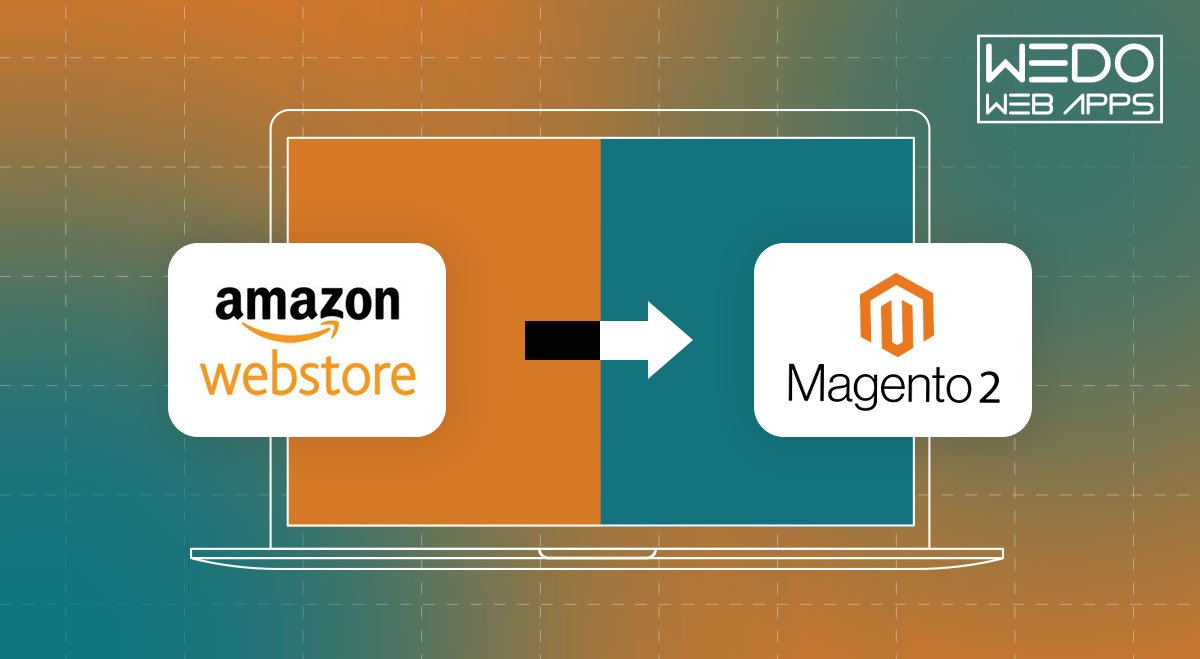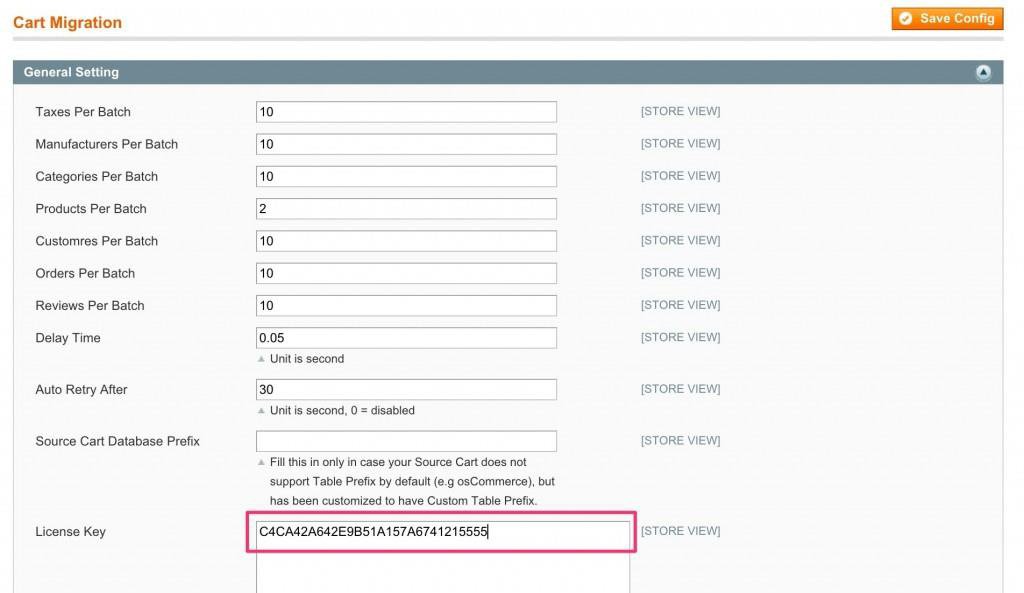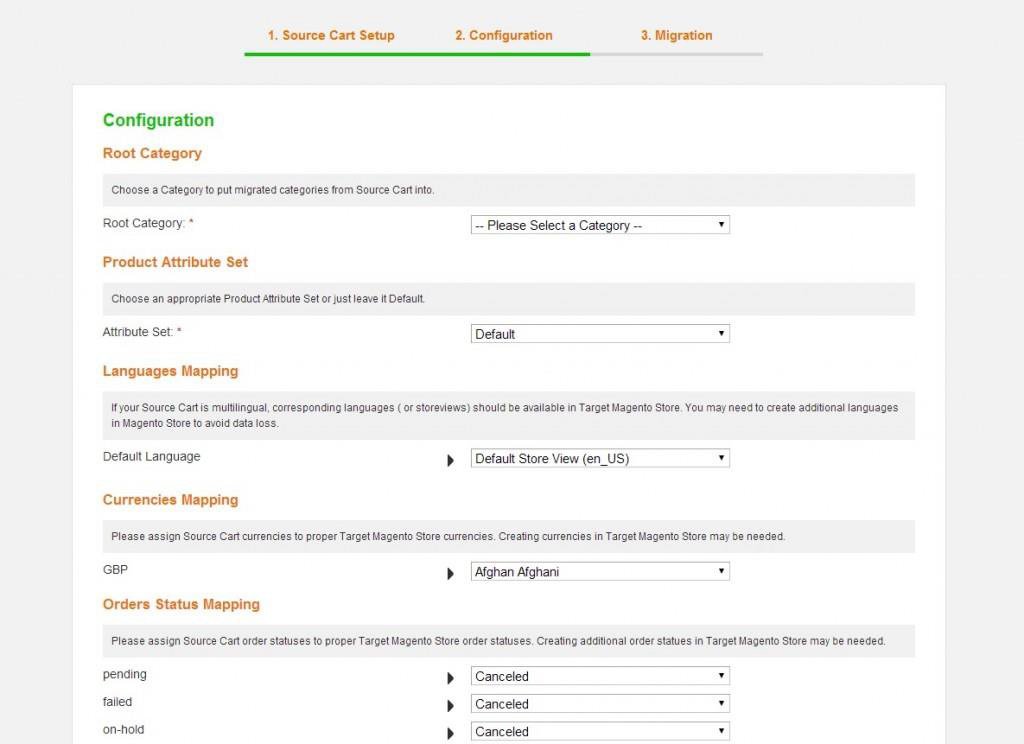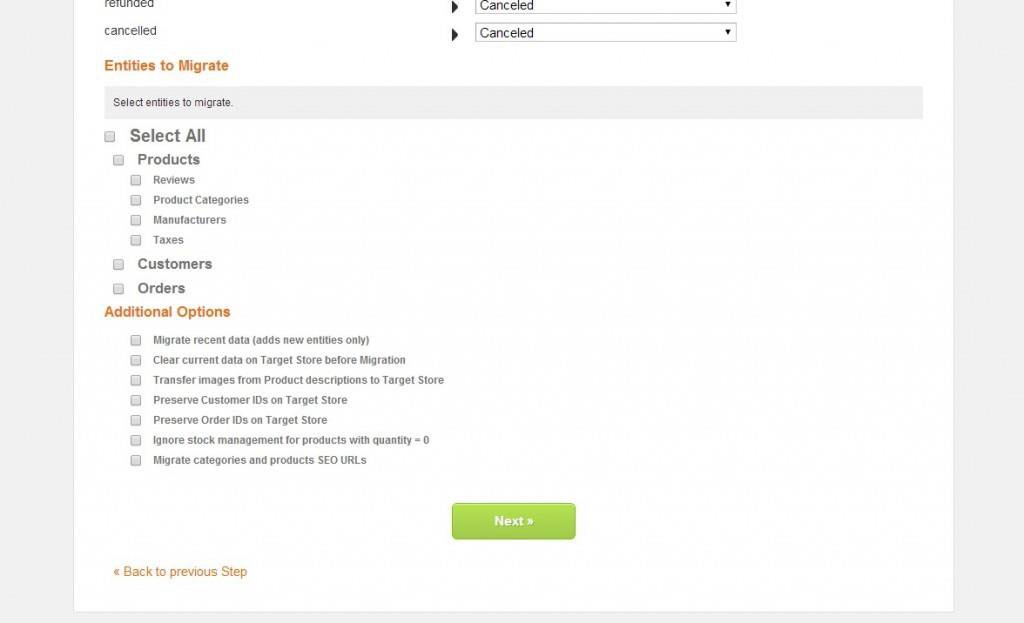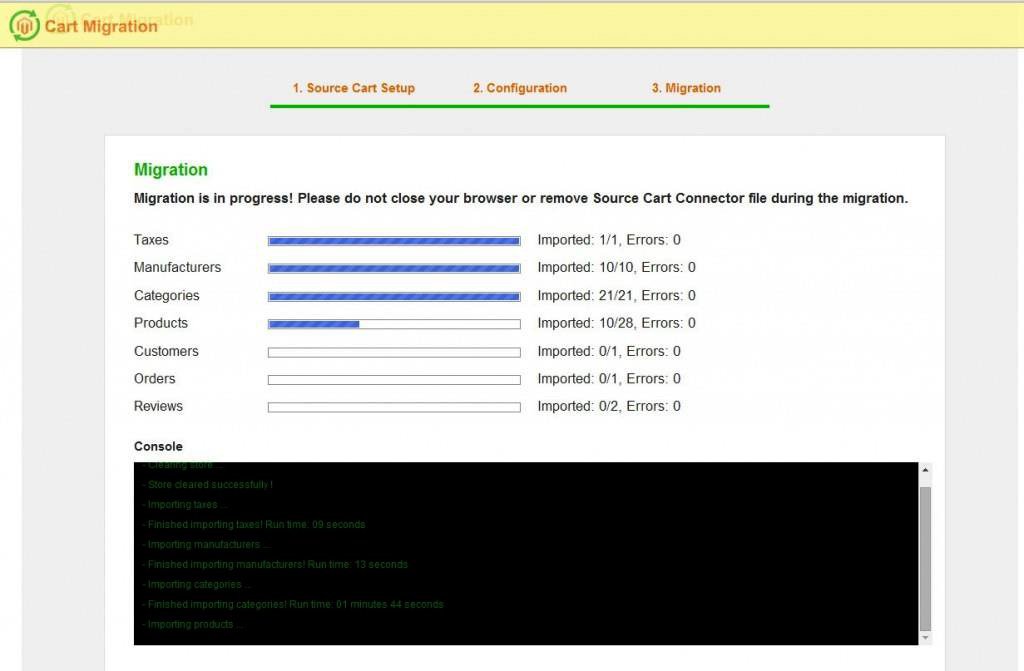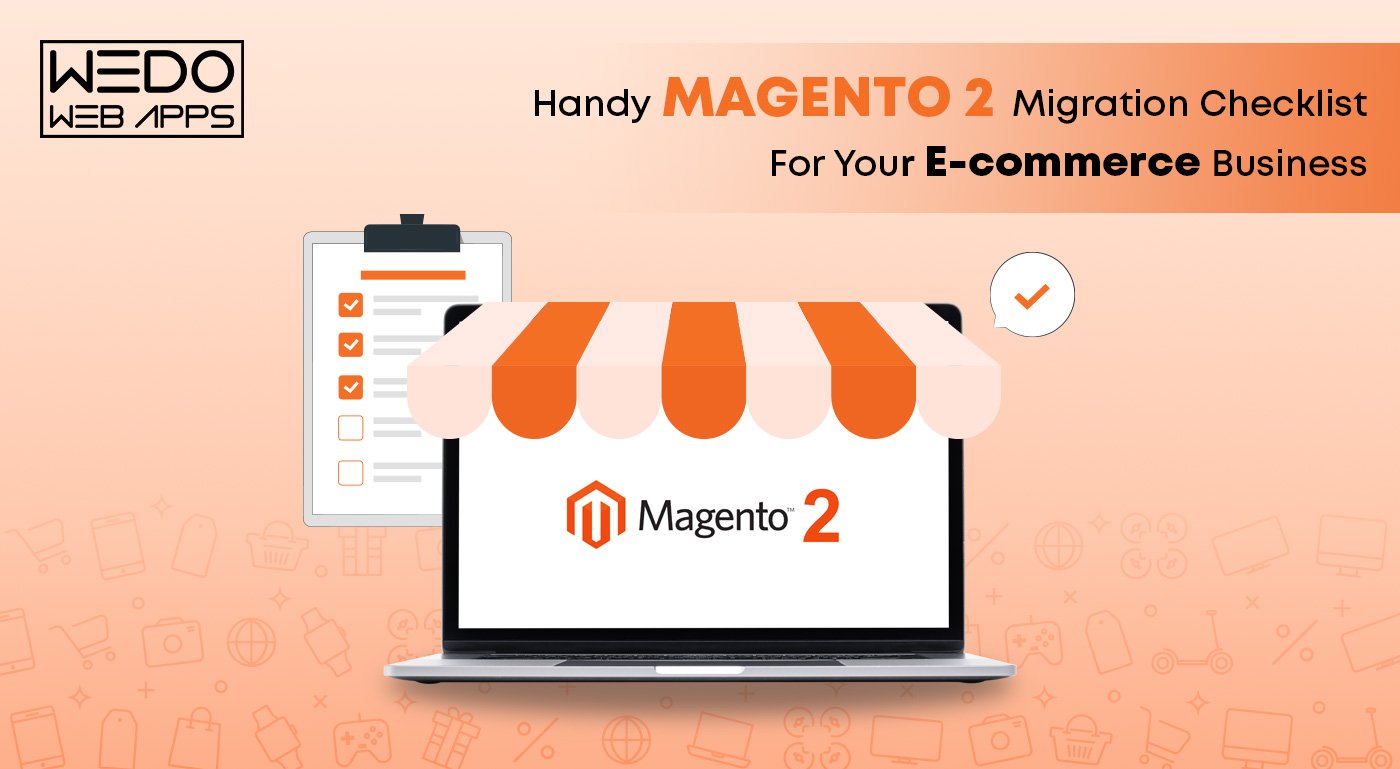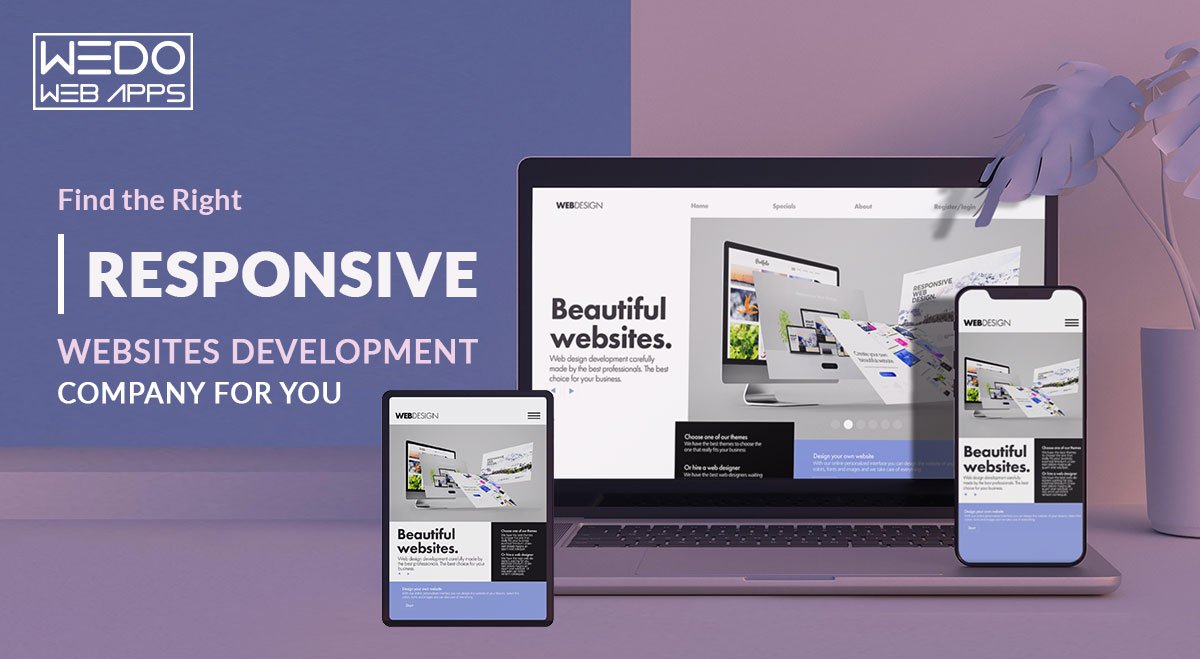Are you familiar with backend development? If so, then you know that backend frameworks are essential for creating efficient and effective web applications. A backend framework is a web framework used to develop the server side of a web application, while frontend frameworks are used for the client side. It provides developers with a set of tools and libraries to streamline their work and create high-quality applications using programming languages such as Java, Python, or PHP
Additionally, having a well-rounded tech stack that includes both frontend and backend frameworks, as well as an understanding of the Model-View-Controller (MVC) architecture, can greatly enhance your development process.
One of the most popular architectures used in tech stacks for web technologies is Model-View-Controller (MVC). This architecture separates an application into three interconnected parts: the model, view, and controller, which are used in both frontend and backend frameworks. This separation allows for better organization and easier maintenance of code, which is important when using frameworks like Spring Boot.
There are several popular backend frameworks available today for web application development, including PHP,Spring, Play, and Python frameworks. Each has its unique features and benefits that cater to different needs in programming languages. Springboot is also a popular option for web app development.
As a backend developer specializing in web application development, understanding these web technologies and frameworks is crucial to your success. We will also take an in-depth look at the Spring framework, one of the most widely used backend frameworks, particularly for web app development, leveraging the power of Spring Boot.
Importance of Choosing the Right Backend Framework for Web Development
Backend web development is a crucial aspect of web development, and it involves building the server side of web applications. It includes managing databases, processing data, and ensuring that everything runs smoothly on the server side. One essential factor to consider when developing a backend is choosing the right framework. As a developer, you should also pay attention to front-end technology and choose the best Python frameworks for your project.
Why Use a Backend Framework?
A backend framework, which is a popular web framework, provides developers with pre-built tools and libraries that simplify the development process. It allows developers to focus on writing code for their application’s unique features instead of repetitive boilerplate code. With the use of Python frameworks, developers can easily integrate their backend with frontend technology, making the development process more efficient.
What are the Benefits of Using Backend Frameworks?
Choosing the right backend framework can streamline the web app development process and save time for front-end developers. Here are some benefits of using backend frameworks in technology:
- Efficiency: Backend frameworks provide pre-built tools and libraries that help developers build applications faster. Frontend developers can also benefit from these technologies to improve their productivity. These frameworks are available on GitHub, and developers can learn how to use them on Udemy.
- Scalability: A good web app framework for web app development should be scalable enough to handle large amounts of data without compromising performance. Popular web frameworks are preferred by developers for their scalability.
- Security: Many popular backend frameworks used in web app development have built-in security features that protect against common vulnerabilities such as SQL injection attacks. As a developer, it is important to stay up-to-date with the latest technology and security measures. Consider taking a course on Udemy to learn more about secure web app development.
- Community Support: Popular frameworks usually have an active community that provides support, documentation, and updates for backend web developers interested in backend development. The community is also a great resource for finding tips and tricks from experienced backend developers.
What is a Web Framework?
A web framework is a technology and software tool designed to help developers create dynamic websites, web applications, and web services by providing them with a set of libraries, templates, and APIs. A typical web framework consists of two parts; frontend (client-side) and backend (server-side). Udemy offers a course on web frameworks that can help teams learn how to use these tools effectively.
When selecting a backend framework for your web app project, there are several web frameworks you need to consider as a developer. Ensure to choose the best web app frameworks that suit your course.
1. Web Technologies
The first thing a developer needs to consider when selecting a backend framework for their app is the web technologies they’re using in their course project. For instance, if you’re building your app’s front end using React or AngularJS, you might want to chooseNode.js as your backend because it uses JavaScript on both the client-side and server side.
2. Developer Experience
Another critical factor to consider is the developer’s experience and expertise in backend web development. If you have a team of developers who are proficient in Java, it’s important to choose one of the best backend frameworks, such as Spring or Hibernate, which are popular web frameworks for backend development.
3. Development Process
The right backend framework can provide essential features such as form validation for app developers, especially Java developers. Some frameworks come with built-in tools that help automate repetitive tasks and speed up the development process. Taking a course on these frameworks can also be beneficial for app developers looking to improve their skills.
4. Performance
Performance is another crucial factor to consider when selecting a backend web framework for your app. As a developer, you want to choose a framework that has good performance, scalability, and reliability for your course or project.
Top 11 most popular backend frameworks for web app development in 2023
ASP.NET Core is one of the best backend frameworks available for backend development, enabling developers to create high-performance, cross-platform web applications. It is a popular choice for building enterprise-grade web applications due to its robust security features and scalability. If you’re looking to enhance your backend development skills, consider taking a course on ASP.NET Core.
Django
Django is one of the best backend frameworks for Python backend development, allowing developers to build complex, database-driven websites quickly and easily. It has an extensive library of pre-built components and tools that make it easy to develop scalable and secure applications. If you’re interested in learning Django, consider taking a Django course to enhance your skills.
Ruby on Rails is a server-side web application framework written in the Ruby programming language, commonly used for backend development. It emphasizes convention over configuration, making it easy for developers to build complex web applications with minimal setup time. If you’re interested in learning Ruby on Rails, you may want to consider taking a course to get started.
Laravel is a PHP-based open-source framework that provides an elegant syntax and modular packaging system for building modern, robust web applications. It offers built-in support for authentication, routing, caching, and more, making it an excellent choice for backend development. If you’re looking to become a backend developer, taking a Laravel course can help you master this powerful framework.
Express.js
Express.js is a Node. js-based web application framework designed for building APIs and SPAs, making it a popular choice among backend developers. If you’re interested in learning how to use Express.js, consider taking a course to help you master the powerful tools it provides for handling HTTP requests and responses.
CakePHP
CakePHP is an open-source PHP-based rapid development framework that makes it easy for backend developers to build dynamic websites quickly. It provides built-in support for authentication, validation, caching, and more. If you’re interested in learning CakePHP, consider taking a course to help you develop your app-building skills.
Flask
Flask is a lightweight Python-based microframework designed specifically for building small-scale web applications quickly. Despite its simplicity, Flask offers powerful features such as URL routing and template rendering that are essential for backend developers.
Spring Boot
Spring Boot is an opinionated Java-based framework designed to simplify the process of creating stand-alone production-grade Spring-based applications for backend web developers. It provides out-of-the-box support for common developer tools such as Maven or Gradle.
Koa
Koa is a lightweight Node. js-based web application framework designed by the creators of Express.js. It provides a minimalistic set of tools for handling HTTP requests and responses, allowing developers to build scalable web applications quickly.
A contemporary, high-performance web framework for the programming language Elixir is called Phoenix. It offers built-in support for real-time communication and makes it easy to build highly responsive web applications.
Big data compatibility is a key feature of the top backend frameworks, allowing developers to handle large amounts of data with ease. These frameworks provide powerful tools for managing databases, caching data, and processing large datasets efficiently.
The popularity of these frameworks is due to their ability to streamline development processes and improve overall efficiency. They offer robust security features, modular architecture, and extensive libraries that make it easy for developers to create complex web applications quickly.
Node.js
Node.js has become one of the most popular backend frameworks in recent years due to its ease of use, scalability, and high performance. It is built on JavaScript runtime, which means that developers who are already familiar with JavaScript can easily transition to using Node.js.
This also means that developers can use the same language for both the front end and back end of their applications, which can streamline the development process.
One of the best backend web frameworks available today is Node.js, which is favored by many backend web developers for its ability to handle large amounts of traffic and data. It is considered the best backend framework for building real-time applications such as chat applications or online gaming platforms.
Node.js achieves this scalability through its non-blocking I/O model, making it a popular choice among developers who prefer the Play framework.
Another advantage of Node.js as a backend web framework is its large and active community. This means that developers looking for the best backend framework can easily find help and support when needed, as well as access a wide range of open-source libraries and tools to help them build their applications more efficiently.
Although there are other options, such as the popular PHP framework or the Spring framework, Node.js remains a strong contender in the web development world.
Many big companies have used Node.js, Spring framework, Play framework, and Python framework to build their backend infrastructure, including Netflix and LinkedIn. These companies have praised Node.js for its ability to handle large amounts of traffic, as well as its flexibility and ease of use.
Overall, Node.js is a powerful and versatile backend framework that is well-suited for building real-time applications and handling large amounts of traffic. Its popularity is only expected to grow in the coming years as more developers discover its benefits.
Features and benefits of each popular backend framework
ASP.NET Core
ASP.NET Core is a cross-platform, open-source framework developed by Microsoft. It provides a unified programming model for building modern web applications. Some of the features and benefits of ASP.NET Core are:
- Cross-platform: It can run on Windows, Linux, and macOS, making it a great choice for backend web developers who prefer using a Python framework.
- High performance: It is optimized for high-performance web applications.
- Security: It includes built-in security features such as authentication and authorization.
- Modularity: It allows developers to use only the components they need for their applications.
Django
Django, a high-level Python web framework, encourages rapid development and efficient, useful design. Some of the features and benefits of Django are:
- Rapid development: Its “batteries included” approach provides everything needed for developing complex web applications quickly.
- Scalability: High-traffic websites can be easily handled by it.
- Security: It includes built-in security features such as protection against SQL injection attacks and cross-site scripting (XSS).
- Versatile: Django can be used to build any type of web application.
Ruby on Rails
Ruby on Rails, also referred to as Rails, is a framework for building server-side web applications. Some of the features and benefits of Ruby on Rails are:
- Convention over configuration : Developers don’t have to spend time configuring files since they follow standard conventions.
- Rapid development : The framework’s focus on convention over configuration makes it easy to develop complex applications quickly.
- Modular design : allows developers to use only what they need for their applications.
large community support.
Laravel
Laravel is an open-source PHP-based MVC (Model View Controller) framework designed for building scalable web applications. Some of the features and benefits of Laravel are:
- Modular packaging system with a dedicated dependency manager called Composer making it easy to add third-party packages to your project.
- Artisan command-line interface (CLI) for creating boilerplate code and automating repetitive tasks.
- Blade templating engine that allows developers to write clean, reusable code.
- Built-in authentication and authorization features.
Express.js
Express.js is a Node.js web framework that is quick, opinion-free, and simple. Some of the features and benefits of Express.js are:
- Lightweight: It has a small footprint and doesn’t come with any unnecessary features.
- Flexibility: Developers can use it to build any type of web application.
- Easy to learn: Its simple API makes it easy for developers to learn quickly.
- Middleware support: It supports middleware functions that can be used to modify request and response objects.
CakePHP
CakePHP is an open-source PHP-based MVC (Model View Controller) framework designed for building web applications. Some of the features and benefits of CakePHP are:
- Rapid development: Its “bake” console tool allows developers to generate boilerplate code quickly.
- Security: It includes built-in security features such as protection against SQL injection attacks and cross-site scripting (XSS).
- Modular design: Allows developers to use only what they need for their applications.
Flask
Flask is a lightweight and highly customizable web framework that allows developers to build web applications with ease. One of the biggest advantages of Flask is its simplicity, which makes it easy for developers to understand and use. Flask also offers a wide range of extensions and libraries that can be used to add functionality to your application, including support for authentication, database integration, and more.
Additionally, Flask’s modular design allows for greater flexibility and scalability, making it an ideal choice for both small and large-scale projects. Overall, Flask is a powerful and versatile framework that offers a range of benefits for developers looking to build robust web applications.
Spring Boot
Spring Boot is a popular backend framework that offers a wide range of features and benefits to developers. One of the main advantages of Spring Boot is its ease of use, which allows developers to quickly create and deploy web applications without having to deal with the complexities of configuration.
Additionally, Spring Boot provides a robust set of tools and libraries for building scalable and reliable applications, including support for data access, security, testing, and more. With its strong community support and active development, Spring Boot is a top choice for many developers looking to build high-performance web applications.
Koa
Koa is a popular backend framework that has gained significant traction in recent years. One of the key features of Koa is its lightweight design, which allows for faster and more efficient development. Additionally, Koa utilizes modern JavaScript features such as async/await, making it easier to write clean and concise code.
Another benefit of Koa is its middleware system, which allows developers to easily add functionality to their applications. Overall, Koa is a powerful and flexible framework that is well-suited for building scalable and performant web applications.
Phoenix
Phoenix is a cutting-edge web framework created specifically for Elixir. It is highly performant and scalable, making it an ideal choice for building real-time applications. Phoenix also offers several features that make development faster and more efficient, such as code reloading, which allows developers to see changes in real time without having to restart the server.
Additionally, Phoenix has built-in support for web sockets and channels, making it easy to build real-time communication between clients and servers. Another benefit of Phoenix is its fault-tolerant design, which ensures that applications remain stable even under heavy loads or in the face of errors.
Overall, Phoenix is a powerful and flexible framework that offers developers a wide range of tools and features to build robust applications quickly and easily.
Node.js
Node.js is a popular backend framework that has gained significant traction in recent years. It is built on the V8 JavaScript engine, which allows for fast and efficient execution of code. One of Node.js’ main advantages is its capacity for managing numerous concurrent connections, which makes it perfect for creating real-time applications like chat programs and online games.
Additionally, Node.js has a vast library of modules and packages, which allows developers to easily add new functionality to their applications. Another advantage of Node.js is its scalability, which allows applications to handle high-traffic loads without compromising performance.
In general, Node.js is a strong and adaptable framework that has a lot to offer developers trying to create dependable and scalable web applications.
Comparison between the Top Popular Backend Frameworks
Backend frameworks play a crucial role in web development as they provide structure and support for building scalable applications. There are numerous backend frameworks available, but some of them stand out due to their popularity, features, and performance.
Most Popular Backend Frameworks
The following are the most popular backend frameworks:
1. Node.js :
Node.js is an open-source server environment that uses JavaScript on the server side. It has gained immense popularity due to its fast performance and scalability.
2. Ruby on Rails :
Ruby on Rails is a popular framework for building web applications using the Ruby programming language. It employs the Model-View-Controller (MVC) architecture.
3. Django :
A high-level Python web framework called Django enables the quick creation of safe and dependable websites.
4. Laravel :
Laravel is a PHP-based web application framework that offers elegant syntax and tools needed for large-scale web applications.
5. Spring Boot :
Spring Boot is an open-source Java-based framework used for creating microservices-based applications.
6. ASP.NET Core :
ASP.NET Core is a powerful and flexible framework that allows developers to create robust web applications with ease.
7. Express.js :
Express.js is one of the most widely used backend frameworks in the industry, known for its flexibility and ease of use. As a college grad, it’s important to familiarize yourself with this framework as it can greatly enhance your web development skills.
8. CakePHP :
CakePHP is a popular backend framework that is known for its ease of use and simplicity. As a college graduate, you may find CakePHP to be a great option to build web applications quickly and efficiently.
9. Flask :
If you’re looking for lightweight and flexible Python web framework, Flask is a great choice.
10. Koa :
Koa is a lightweight, expressive, and scalable framework for Node.js that aims to improve upon its predecessor, Express.
11. Phoenix :
Phoenix is a robust and scalable backend framework written in Elixir programming language. As a college graduate, it’s important to stay up-to-date with the latest technologies and Phoenix is one of the most popular web frameworks in the industry right now.
Best Backend Frameworks for Web Development
Choosing the best backend framework depends on various factors such as project requirements, budget, developer expertise, etc. Here are some of the best backend frameworks based on specific needs:
- Fast performance: Node.js stands out.
- Easy Learning Curve: Django provides an easy learning curve as it has clear documentation with plenty of tutorials available online.
- Robust Security Measures: Laravel offers robust security measures such as password hashing, CSRF protection, and encryption/decryption mechanisms to ensure secure data transactions.
- Large Community Support: Ruby on Rails has a large community support with plenty of resources available online including plugins/gems that can be easily integrated into the application.
- Microservices-Based Architecture: Spring Boot is an ideal choice for creating microservices-based architecture as it provides a modular and lightweight approach to building applications.
Popular Web Frameworks for Building Scalable Applications
Scalability is a crucial factor when choosing a backend framework. Here are some of the popular web frameworks that offer scalability:
- Node.js offers horizontal scaling which means adding more servers to handle increased traffic.
- Ruby on Rails provides automatic scaling using Passenger, which can scale up or down depending on the traffic.
- Django uses caching techniques such as Memcached, Redis, etc., to improve performance and scalability.
- Laravel supports horizontal scaling by distributing the load across multiple servers using load balancers.
- Spring Boot follows a microservices-based architecture which makes it highly scalable.

Analyzing Features and Performance of Popular Backend Frameworks
Features and performance are critical factors when choosing a backend framework. Let’s analyze these aspects in detail:
1. Node.js:
Node.js is a popular backend framework that has gained significant traction in recent years. It is built on top of Google’s V8 JavaScript engine and offers a non-blocking I/O model that makes it highly scalable and efficient. Real-time applications like chat programs, online games, and streaming services are especially well suited to Node.js.
Additionally, Node.js has a large and active community that provides extensive documentation, modules, and packages to help developers build robust applications quickly and efficiently. However, Node.js may not be the best choice for CPU-intensive tasks or applications that require strong type-checking or static typing.
2. Phoenix:
Phoenix is a popular backend framework that is known for its speed and reliability. It is built on top of the Elixir programming language, which is known for its scalability and fault tolerance. Phoenix uses a functional programming paradigm, which allows developers to write code that is easy to test and maintain.
Additionally, Phoenix has a built-in real-time communication system called channels, which makes it easy to build applications that require real-time updates. Overall, Phoenix is a great choice for building high-performance web applications that require scalability and reliability.
3. Koa:
Koa is a popular backend framework that is built on top of Node.js. It is known for its minimalistic design and lightweight structure, making it a preferred choice for developers who value speed and simplicity. Koa offers a range of features that make it easy to build scalable and maintainable applications, including middleware support, error handling, and request/response objects.
Additionally, Koa leverages the power of async/await functions to simplify the process of writing asynchronous code. When it comes to performance, Koa is highly efficient and can handle a large number of concurrent requests without compromising on speed or stability. Overall, Koa is an excellent choice for developers who want to build fast, scalable, and reliable backend applications.
4. Spring Boot:
Spring Boot is a widely popular backend framework that offers features such as auto-configuration, embedded servers, and production-ready code. It is known for its ease of use and quick setup, making it a go-to choice for developers looking to quickly create web applications. The Spring Boot also has excellent performance, with the ability to handle high-traffic loads without compromising speed or stability.
Additionally, it has a large and active community, providing ample resources and support for developers. Overall, Spring Boot is a reliable and efficient choice for building robust backend systems.
5. Flask:
When it comes to analyzing the features and performance of popular backend frameworks, Flask is a contender worth considering. Flask is a micro-framework that is known for its simplicity and flexibility, making it a popular choice for developers who want to create web applications quickly and efficiently. With Flask, you can easily build RESTful APIs, handle user authentication and authorization, and integrate with various databases.
Additionally, Flask has a robust ecosystem of extensions and plugins that can further enhance its functionality. In terms of performance, Flask is lightweight and fast, making it an excellent choice for small to medium-sized projects. Overall, Flask’s combination of simplicity, flexibility, and performance makes it a top choice for many developers.
6. CakePHP:
CakePHP is another popular backend framework that has been around for over a decade. One of its key features is its ability to generate code quickly, which can save developers a significant amount of time. Additionally, CakePHP has a strong focus on security, making it a great choice for applications that handle sensitive data.
In terms of performance, CakePHP is known for being fast and efficient, with the ability to handle large amounts of traffic without slowing down. Overall, CakePHP is a solid choice for developers looking for a reliable and secure backend framework.
7. Express.js:
Express.js is one of the most widely used backend frameworks due to its simplicity and flexibility. It offers a minimalist approach to web application development, allowing developers to quickly set up a server and define routes for handling requests. Express.js also supports middleware, which enables developers to add functionality to their applications without modifying the core codebase.
In terms of performance, Express.js is known for its speed and scalability, making it a popular choice for building high-traffic web applications. Overall, Express.js is a reliable and efficient backend framework that can help developers create robust web applications with ease.
8. Laravel:
Laravel is a widely used backend framework that stands out for its simplicity and elegance. It offers a range of features, including an intuitive ORM, an expressive syntax, and a robust set of tools for database migrations and schema building.
Laravel’s performance is also noteworthy, with its ability to handle high-traffic loads and complex applications with ease. Its modular structure makes it easy to integrate with other libraries and frameworks, making it a popular choice among developers. Overall, Laravel is a reliable and efficient choice for building scalable web applications.
9. Ruby on Rails:
Ruby on Rails is a popular backend framework that has been widely adopted by developers. Ruby on Rails provides a wide range of features that allow developers to build complex web applications quickly and efficiently.
One of the key advantages of Ruby on Rails is its ability to handle large amounts of data without compromising performance. It also has a strong community of developers who contribute to the framework, ensuring that it stays up-to-date with the latest trends and technologies. Overall, Ruby on Rails is a solid choice for developers who want to build powerful web applications with ease.
10. Django:
A high-level Python web framework called Django promotes quick iteration and logical, elegant design. It takes care of a lot of the effort associated with web development, letting developers concentrate on creating their apps instead of having to create everything from scratch.
Django provides a robust set of tools and libraries for building complex web applications, including an ORM for database access, built-in authentication and authorization mechanisms, and a powerful templating engine for rendering HTML pages. Its popularity is due in part to its scalability and ease of use, making it a top choice for developers looking to build robust web applications quickly and efficiently.
11. ASP.NET Core:
ASP.NET Core is a powerful backend framework that is widely used by developers around the world. It offers a wide range of features and functionalities that make it an ideal choice for building complex web applications. One of the key advantages of ASP.NET Core is its high performance, which is achieved through its use of modern web development technologies and optimized runtime components.
Additionally, ASP.NET Core provides excellent support for cross-platform development, allowing developers to build applications that can run on a variety of operating systems and devices. Overall, ASP.NET Core is a top-performing backend framework that provides developers with the tools they need to build robust and scalable web applications.
Limitations and Drawbacks of Each Popular Backend Framework
Backend frameworks are essential tools for web developers. These frameworks provide an efficient way to build and manage server-side applications. However, each framework has its limitations and drawbacks that can hinder the development process.
ASP.NET Core
Microsoft created the open-source, cross-platform ASP.NET Core framework. For creating scalable web applications, it is commonly utilized. However, it has some limitations that developers should be aware of. One major limitation of ASP.NET Core is its steep learning curve.
The framework requires a good understanding of the C# programming language, .NET Core runtime environment, and other related technologies. This can be overwhelming for beginners who are just starting with web development.
Another drawback of ASP.NET Core is its limited support for third-party libraries and tools compared to other frameworks like Ruby on Rails or Django. This can make it challenging to integrate with other systems or services.
Django
Model-View-Controller (MVC) is an architectural design pattern used in the high-level Python web framework called Django. It provides an easy-to-use interface for building complex web applications quickly.
However, one significant drawback of Django is its steep learning curve. The framework has many features and components that can be overwhelming for beginners who are just starting with web development.
Another limitation of Django is its performance issues with larger applications. As the application grows in size, it may become slower due to increased memory usage and processing time.
Ruby on Rails
A well-known open-source web application framework created in the Ruby programming language is called Ruby on Rails (RoR).
Model-View-Controller (MVC) is the architectural pattern it adheres to, and convention is valued over configuration.
However, RoR has some limitations on Express.js. RoR may have performance issues with larger applications, and it may not be as scalable as other frameworks.
Another drawback of RoR is its lack of flexibility compared to other frameworks like Node.js Express.js. RoR has a specific way of doing things, which can make it challenging to customize or integrate with other systems or services.
Laravel
Laravel is a PHP web application framework that follows the Model-View-Controller (MVC) architectural pattern. It provides an easy-to-use interface for building complex web applications quickly.
However, one major limitation of Laravel is its inconsistent and incomplete documentation. This can make it challenging for developers to troubleshoot issues or find solutions to common problems.
Another drawback of Laravel is its performance issues with larger applications. As the application grows in size, it may become slower due to increased memory usage and processing time.
Express.js
Express.js is a popular Node.js web application framework that provides an easy-to-use interface for building server-side applications quickly. However, it has some limitations that developers should be aware of.
One major limitation of Express.js is its requirement for manual configuration compared to other frameworks like Ruby on Rails or Django.
CakePHP
While CakePHP is a popular backend framework, it does have its limitations and drawbacks. One of the main drawbacks is its steep learning curve, which can make it difficult for beginners to get started. Additionally, the framework can be quite verbose, leading to longer development times and larger codebases.
Another limitation is its reliance on convention over configuration, which can make customization more difficult. Finally, CakePHP’s performance can be slower compared to other frameworks due to its heavy use of abstraction layers. Despite these limitations, however, CakePHP remains a powerful and widely-used backend framework in the PHP community.
Flask
Despite its popularity, Flask does have some limitations and drawbacks that developers should be aware of. One of the main limitations is that Flask is a micro-framework, meaning that it has minimal functionality out of the box. This can be both an advantage and a disadvantage, as it allows for greater flexibility and customization, but also requires more time and effort to set up and configure.
Additionally, Flask is not designed for large-scale enterprise applications and may not be the best choice for projects with complex requirements or high traffic volumes. However, with proper planning and implementation, Flask can still be a highly effective backend framework for smaller projects and startups.
Spring Boot
Despite its popularity and widespread adoption, Spring Boot does have some limitations and drawbacks that developers should be aware of. One of the main criticisms of Spring Boot is its steep learning curve, which can be challenging for beginners or those unfamiliar with Java.
Additionally, the framework’s configuration options can be overwhelming and difficult to navigate, leading to potential errors and bugs in the development process.
Finally, some developers have noted that Spring Boot’s performance can suffer when handling large-scale applications or complex tasks. Despite these limitations, however, Spring Boot remains a powerful and versatile backend framework that continues to be widely used in the industry.
Koa
Despite its popularity, Koa does have some limitations and drawbacks that developers should be aware of. One of the main criticisms of Koa is its lack of backward compatibility with previous versions of Node.js, which can make upgrading to newer versions more difficult.
Additionally, Koa’s middleware system can be more complex than other frameworks, which may require a steeper learning curve for developers new to the framework. However, for those who are already familiar with Koa’s middleware system, it can provide a high level of flexibility and control over the application’s logic.
Overall, while Koa may not be the best fit for every project, it remains a popular choice for developers looking for a lightweight and customizable backend framework.
Phoenix
Despite its popularity, Phoenix does have some limitations and drawbacks to consider. One potential issue is that it may not be the best choice for smaller projects, as its robust features and functionality can be overkill.
Additionally, the learning curve for Phoenix can be steep, especially for developers who are not familiar with Elixir. Another consideration is that the community support for Phoenix may not be as extensive as other popular backends frameworks like Ruby on Rails or Django.
However, these limitations should not necessarily discourage developers from considering Phoenix as a viable option for their next project.
Node.js
Despite its popularity, Node.js does have some limitations and drawbacks that developers should be aware of. One major limitation is its single-threaded nature, which can lead to performance issues when handling large amounts of data or heavy workloads.
Additionally, Node.js can be more difficult to debug than other backend frameworks due to its asynchronous programming model. However, these limitations can often be mitigated with careful planning and architecture, and many developers continue to choose Node.js for its speed, flexibility, and extensive library of modules and packages.

The Most Suitable Backend Framework for Your Web App Development Needs
Choosing the right backend framework is crucial for developing a successful web app. In 2023, the most popular backend frameworks are Django, Ruby on Rails, Laravel, Express.js, Flask, Spring Boot, ASP.NET Core, and Symfony. Each framework has its features and benefits that cater to different needs.
Django is suitable for building complex web apps with high traffic. Ruby on Rails offers easy-to-use tools for building MVPs quickly. Laravel provides elegant syntax and robust features for scalable web apps. Express.js is perfect for creating lightweight APIs and microservices.
Flask is a simple yet powerful framework ideal for small projects. Spring Boot offers a modular approach to building enterprise-level applications. ASP.NET Core provides cross-platform compatibility and excellent performance. Symfony offers flexibility and extensibility for large-scale web apps.
Comparing these top popular backend frameworks can help you make an informed decision based on your specific requirements. While each framework has its strengths, they also have limitations and drawbacks that may affect your development process. To ensure the success of your web app development project, it’s important to choose the most suitable backend framework based on your specific needs.
